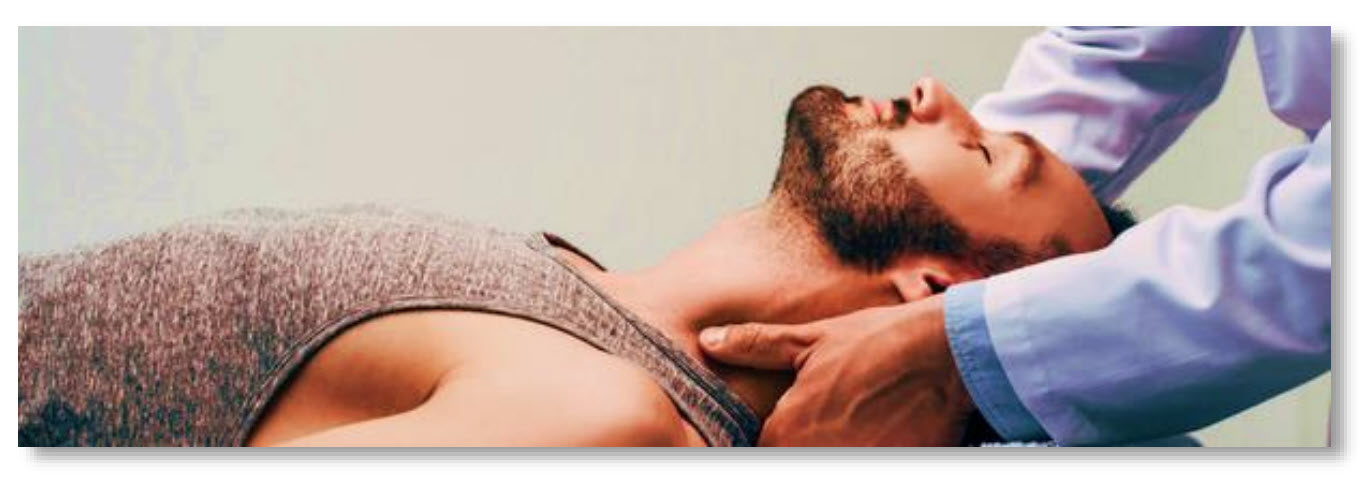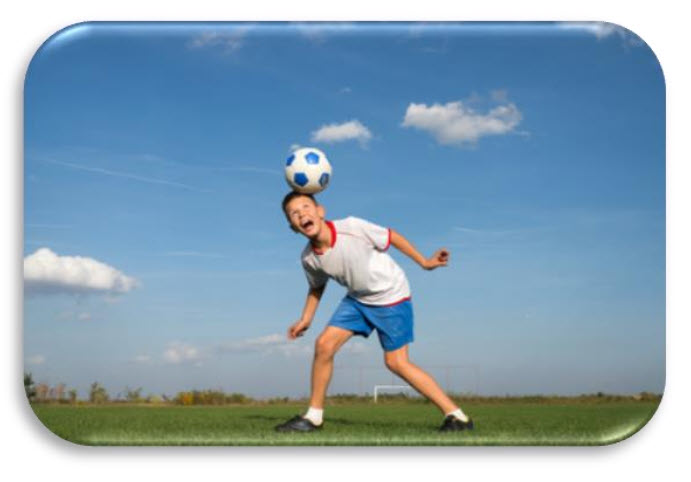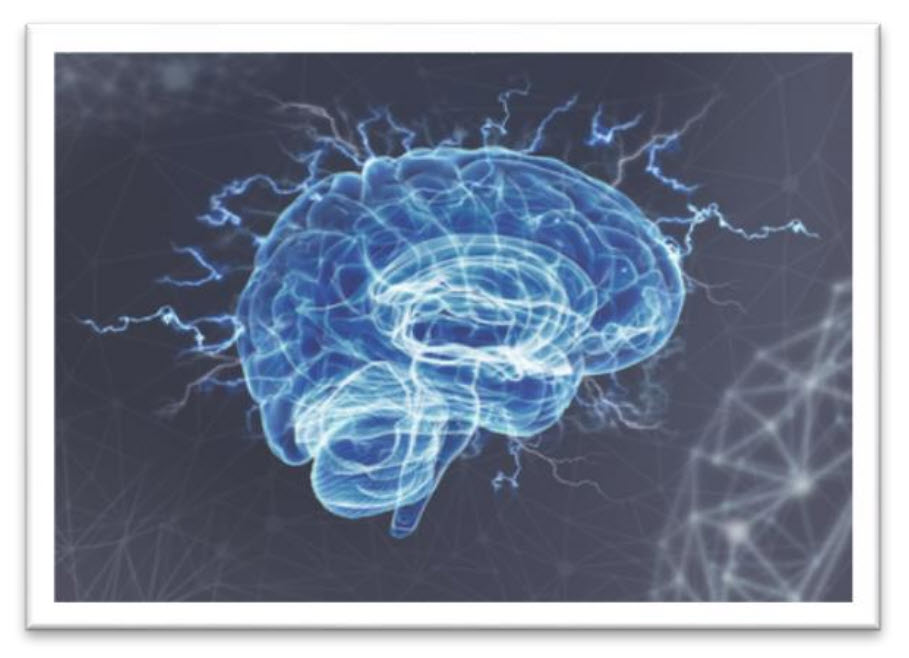
Did you know that around 38 million Americans grapple with migraine headaches? It's not just the pain but the disruption it causes—91% of migraine sufferers report that their episodes interfere significantly with their daily lives. Despite the millions spent on medications, these treatments often just mask the symptoms without tackling the root cause.
Enter chiropractic care, a beacon of hope for many. Recent studies are shining a light on how effective chiropractic spinal adjustments can be for those battling migraines. Unlike traditional medications that come with a laundry list of side effects and often just offer temporary relief, chiropractic adjustments aim to reduce the intensity and frequency of migraine attacks by addressing the underlying issues.
Chiropractic care focuses on the spine's alignment and its pivotal role in overall nervous system function. When the spine is misaligned, it can disrupt the nervous system, leading to various health issues, including migraines. By adjusting the spine, chiropractors work to enhance nerve communication from the brain to the body, promoting better health and potentially easing migraine pain.
But chiropractic isn't just about spinal adjustments. It's a holistic approach that may include exercises to stabilize the spine, deep breathing techniques, massage, stretching, and even dietary and ergonomic recommendations. Each of these elements can play a role in managing migraines, offering a multifaceted solution to this debilitating condition.
Many migraine sufferers believe their only recourse is medication, which, while effective for some, can also be fraught with undesirable side effects and the risk of dependency. Chiropractic care offers a drug-free alternative, focusing on long-term solutions rather than quick fixes. By improving nervous system function, this approach aims not only to relieve pain but also to resolve migraines at their source.
If you're tired of the typical migraine treatments and looking for something that addresses more than just the symptoms, chiropractic care might be worth considering. It's about giving your body the tools it needs to heal itself, providing hope and potentially a pain-free future for those affected by migraines. So before you reach for another pill, why not explore what chiropractic care can do for you? It might just change the way you manage your migraine pain.
Headache. April 2019
"The Impact of Spinal Manipulation on Migraine Pain and Disability: A Systematic Review and Meta-Analysis." PM Rist, A Hernandez, C Bernstein, M Kowalski, K Osypiuk, R Vining, CR Long, C Goertz, R Song, PM Wayne









